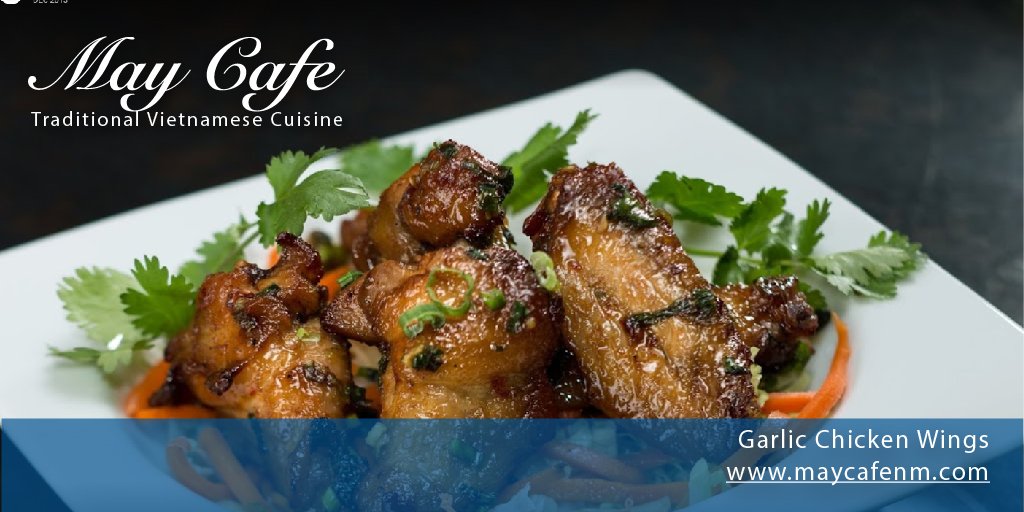
Tempting Aromas of Spices
Vietnamese cuisine captivates the heart and palate with its elegant simplicity. Imagine a steaming bowl of pho, its clear but rich broth of slow-simmered beef broth with spices such as cinnamon, star anise, and cardamom. The fragrant aroma alone is enough to arouse the appetite, as if inviting us to immediately sip its warmth. Coupled with tender slices of beef, chewy rice noodles, and a sprinkling of fresh green onions and coriander, every mouthful is an unforgettable experience.
Not only pho, the appeal of Vietnamese cuisine also lies in the abundant use of fresh herbs. Try gỏi cuốn, or Vietnamese fresh spring rolls, filled with shrimp, rice noodles, lettuce, bean sprouts, and various types of mint and basil. The rich sauce, often based on peanuts or hoisin with a touch of chili, further enhances the harmony of fresh and light flavors. The simplicity of these natural ingredients is what creates such an authentic and satisfying taste.
Perfect Balance of Flavors
Vietnamese culinary philosophy highly values the balance of flavors. Each dish is carefully crafted to achieve harmony between sweet, sour, salty, bitter, and spicy. Take bánh xèo, for example, a bright yellow savory pancake made from rice flour, turmeric, and coconut milk. The filling consists of bean sprouts, shrimp, and sliced pork, served with a variety of fresh vegetables such as lettuce, mustard greens, and herbs. The way to enjoy it is also unique, namely by wrapping the bánh xèo pieces with vegetables and dipping them in nước chấm, a sweet and sour spicy fish sauce.
This balance is also reflected in the use of nước mắm (fish sauce) as the main seasoning. Despite its strong aroma, nước mắm provides a deep umami to each dish. Combined with lime juice, sugar, and cayenne pepper, nước chấm is the essential element that brings all the flavors together in Vietnamese cuisine. The skill in blending spices and creating a balance of flavors is what makes Vietnamese cuisine so complex yet light and refreshing.
More Than Just Food
For the Vietnamese, food is maycafenm.com not just a way to fill the stomach, but also a part of their rich culture and tradition. Each dish has its own story and meaning, often passed down from generation to generation. The process of cooking and enjoying food is also a moment of togetherness and family warmth.
When we enjoy Vietnamese food, we not only taste the delicious taste, but also feel the touch of history and local wisdom. The simplicity of the ingredients used, authentic cooking techniques, and the philosophy of balance of flavors, all combine to create a meaningful and unforgettable culinary experience. The simple deliciousness of Vietnam is not just about taste, but also about the story and soul of a nation.